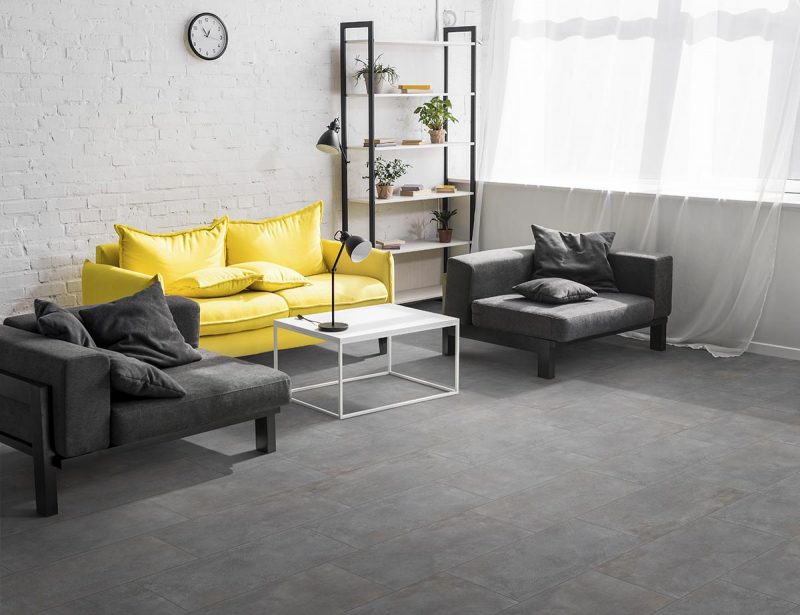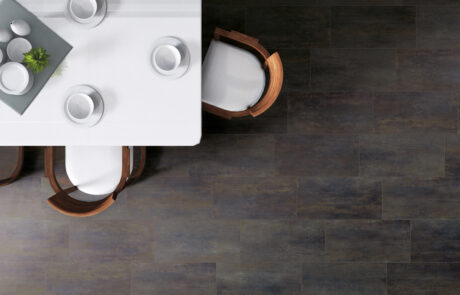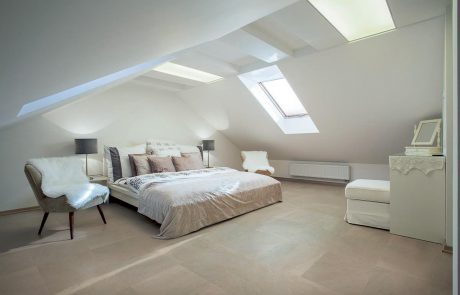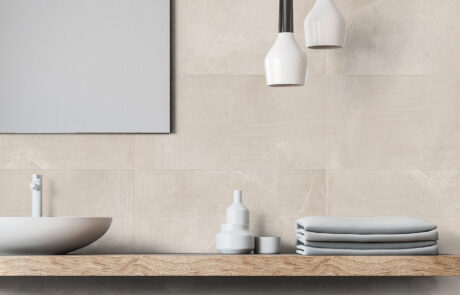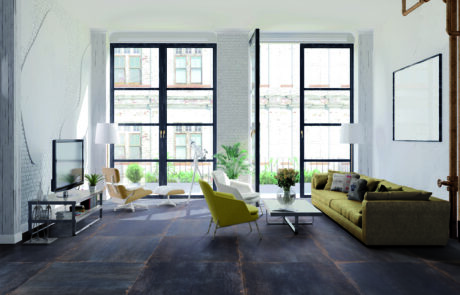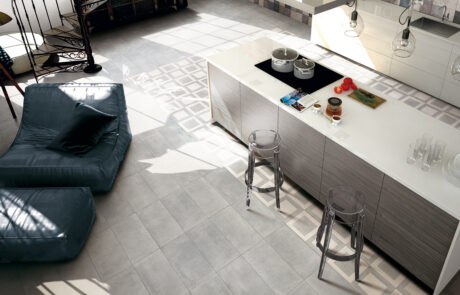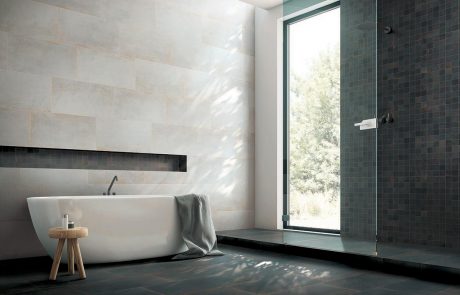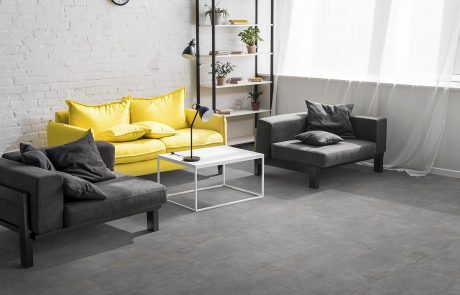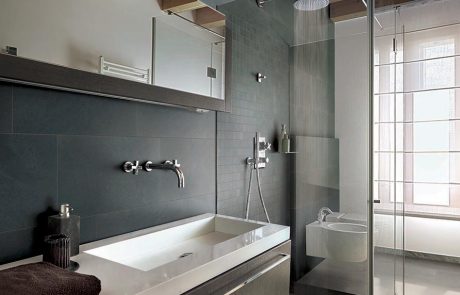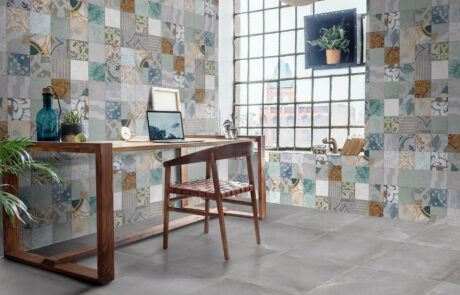If there is one trend in interior design that is always on the up, it is urban style. This is most likely attributable to the emphasis it places on comfort and in our fascination with large metropolitan cities (multiethnic hotbeds of creativity, full of stimuli) which is fuelled by the endless glossy images of urban life we are exposed to in film, advertising, and photography.
Contemporaneity, modernity, and the industry mood
Let’s start by pointing out that while the style in question is relatively easy to recognise, it is not that easy to create scratch. It features a balanced blend of contemporary and industrial, with neither one predominating (as occurs in ultra-modern design and or in purely industrial settings). Urban furniture, for example, often features soft lines, warm, relaxing tones, and careful attention to both comfort and clever, functional design.
In short, this unique, distinctive style combines elements of contemporary, modern, and industrial design, making it perfect for any setting, from a warehouse converted into a loft apartment to an attic space, from a simple flat to a detached house rising over several floors, perhaps with exposed beams and unfinished concrete, brick, or timber surfaces. True, in the collective imagination, urban style is associated with large open space designs furnished with oversize minimalist furniture – including stylish decor with elegant lines or, alternatively, a vintage look; however, the key features in this style (primarily flooring, walls, and architectural elements) make it possible to convey the style in projects of any size.
As far as decoration is concerned, urban style focuses on geometric motifs, on moiré effects, and on patterns inspired by nature, as well as grids, railings, and metal door and window frames. Dominated by neutral and bright tones, the colour palette includes natural tones (light blue, green, sand, dusty pink) and a few carefully placed bright accents, in shades ranging from fuchsia to ochre.
Flooring materials that work in an urban style design
When it comes to floors, in a metropolitan style concrete and resin are the preferred materials, usually in strong – but always warm – shades, such as grey, anthracite, taupe, ivory, and beige. In the case of resin, these colours come a tone lighter, taking on a dusty, almost pastel look. Ceramic tiles are strictly matt finish or, at a push, satin; the edges are straightened and tiles should be at least than 60×60 cm in size.
Among the collections in the range, two are definitely worth of note as they are perfect to create a cotemporary metropolitan flavour. Urban Concept is a concrete-effect ceramic tile available in two colours (a strong grey and a sandy option) with a rough-hewn yet pure finish, in which fine particles embedded in mortar are clearly visible. Another surprisingly realistic concrete-effect option can be found in the Daniel collection. In this case, the concrete-effect tiles (available in three colours) feature marks and flaws, for minimal urban designs that are vibrant and expressive.
The imitation metal sheet lines are also perfectly in tune with the urban style, especially in the copper, aluminium, and lead options. In this case, the matt surface can be enhanced with honed or gloss effects.
Original and innovative, Brooklyn is a perfect metal-effect collection for contemporary interiors with a metropolitan mood, as its rich surface – featuring veining the colour of oxidised metal – makes it particularly striking. When developing the Metallic collection meanwhile, we studied the various effects found in sheet metal, such as how it reflects light, how it changes with wear, and how it weathers. Samples of real sheet metal were selected, digitised versions of which were created and then tweaked, and, finally, recreated as porcelain stoneware.
Creative materials, decoration, and blends of texture
As big cities are, by their very nature, hotbeds of ideas, metropolitan style is synonymous with creativity. This leads to the inclusion – especially in wall tiles – of decorative features inspired by grids, patterns found in nature, and neo-classical borders, as well as designs and motifs made up of broken up, worn down, or overlaid elements; available in large and small solid colour tiles, but also imitation resins or stone materials.
Among the stone-effect wall tiles, Quarzite captures all the charm of this stone, offering faithful reproductions of its unmistakable appearance in both square and rectangular tiles.
Finally, the appetite for creativity typical of in urban style finds a channel of expression in patchwork designs mixing all these influences. On this note, going back to the Urban Concept collection, the 20×20 cement tile mix provides an excellent example of this trend through its original yet stylish colours and geometric motifs.


